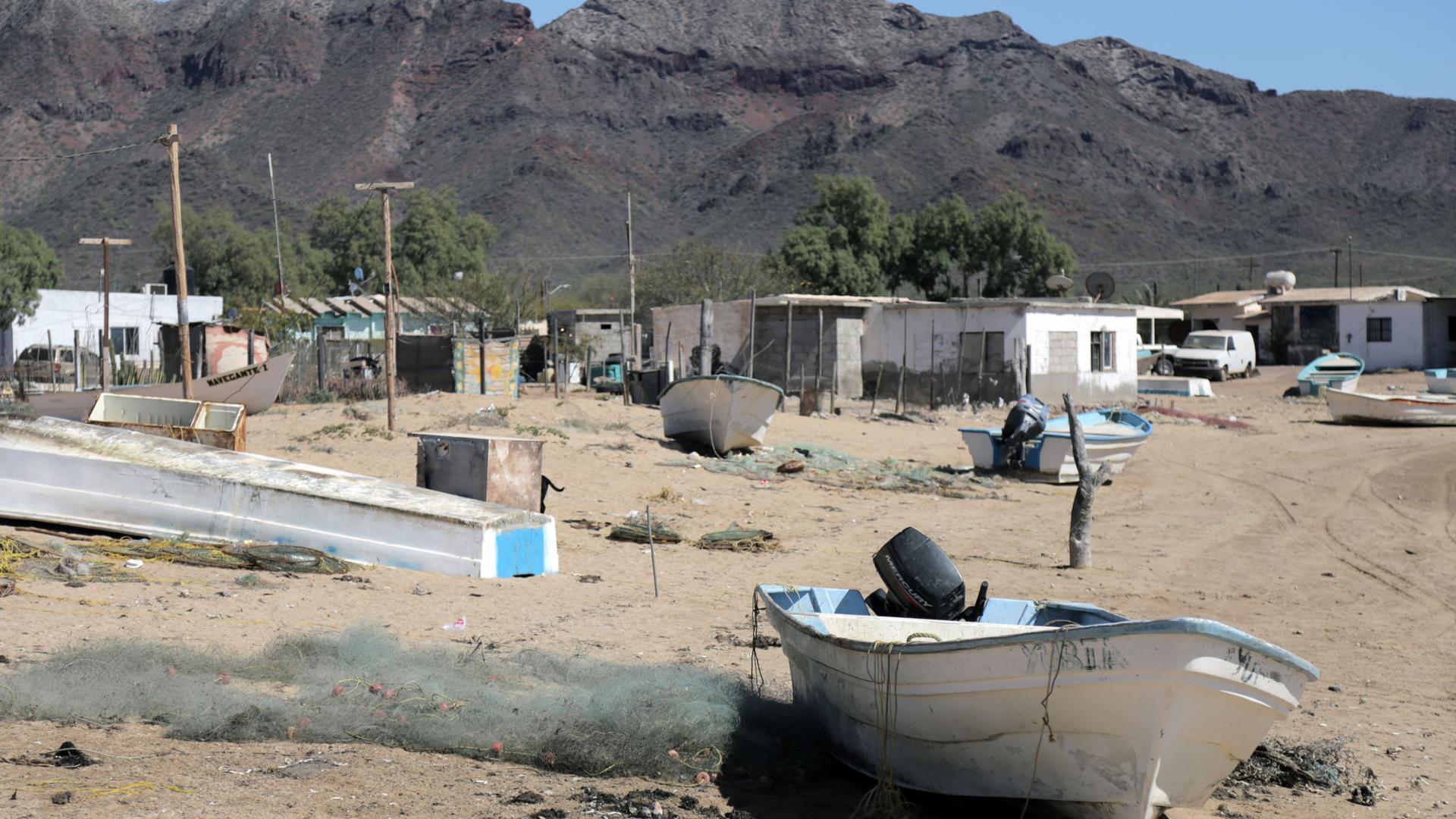Desalination brings fresh water — and concern — to an Indigenous village in northern Mexico
A lack of fresh water has plagued the Indigenous Comcáac people of northern Mexico for generations.
Roughly 3,000 Comcáac people live in two villages along the desert coast of the Gulf of California, in the Mexican state of Sonora — an expansive, dry desert landscape of dirt roads and huge green cacti.
Last year, Mexican President Andrés Manuel López Obrador agreed to fund a new desalination plant that strips sea water of salt, providing more reliable access to fresh water. But some worry about its harmful impact on marine life.
Related: The case of the disappearing giant squid
“Water has been a huge problem. … I am 71 years old, 71 years suffering from the lack of water. Water. Water. Water. There is no water.”
“Water has been a huge problem,” said Roberto Molina Herrera, an elder who lives in Punta Chueca, a small Comcáac village that has struggled with fresh water access for decades.
“I am 71 years old,” said Molina Herrera, who teaches traditional dance and song. “Seventy-one years, suffering from the lack of water. Water. Water. Water. There is no water.”
Related: The debate over deep-sea mining comes to a head
The state government used to truck in water twice a week for years. But it was never enough. Then, about 25 years ago, a small desalination plant was built to remove salt from sea water, but the process only worked sparingly.
When the system broke down, residents lived without fresh water for weeks or months.
That’s what happened last year. In the middle of the pandemic, the community went two months without fresh water. Some residents had to be treated for dehydration.
“They were terrible times. … We washed our dishes and our clothes with ocean water. We traveled to the closest town to fill up jugs with fresh water to bathe and drink. It was very hard.”
“They were terrible times,” said esteemed community leader Alberto Mellado Moreno. “We washed our dishes and our clothes with ocean water. We traveled to the closest town to fill up jugs with fresh water to bathe and drink. It was very hard.”
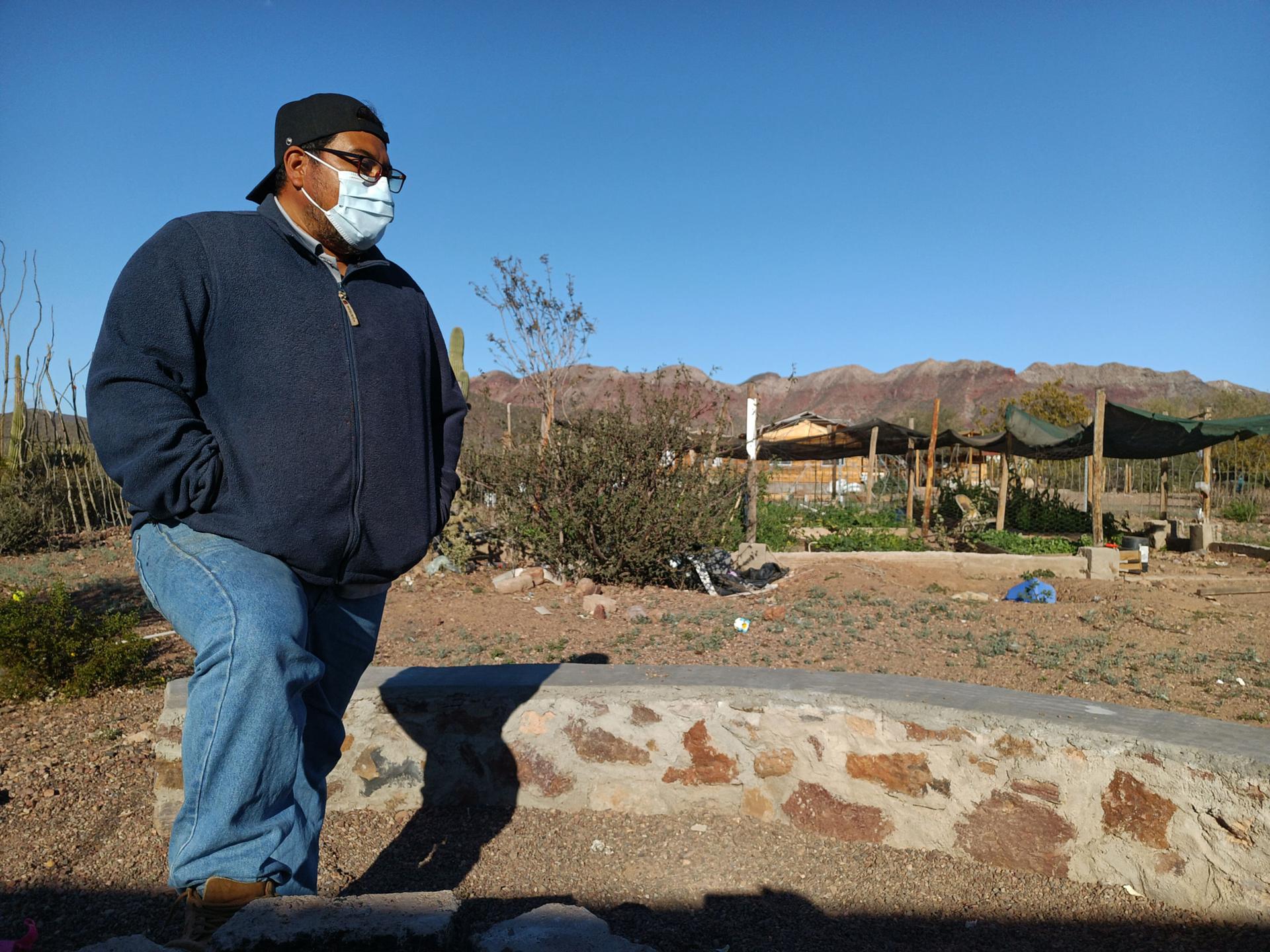
Community members demanded relief. Last October, López Obrador agreed to fund and build another, larger desalination plant in addition to the one built in 2000.
“I authorize the introduction of water for the Comcáac people,” he said. “The government will cover the cost,” said López Obrador in a televised address last November.
Today, two desalination plants now sit at the edge of Punta Chueca in separate, small concrete buildings. Fresh water is now running to almost every home.
“It’s already improving. … We have water. We can fill up our tanks and we can grab water to bathe.”
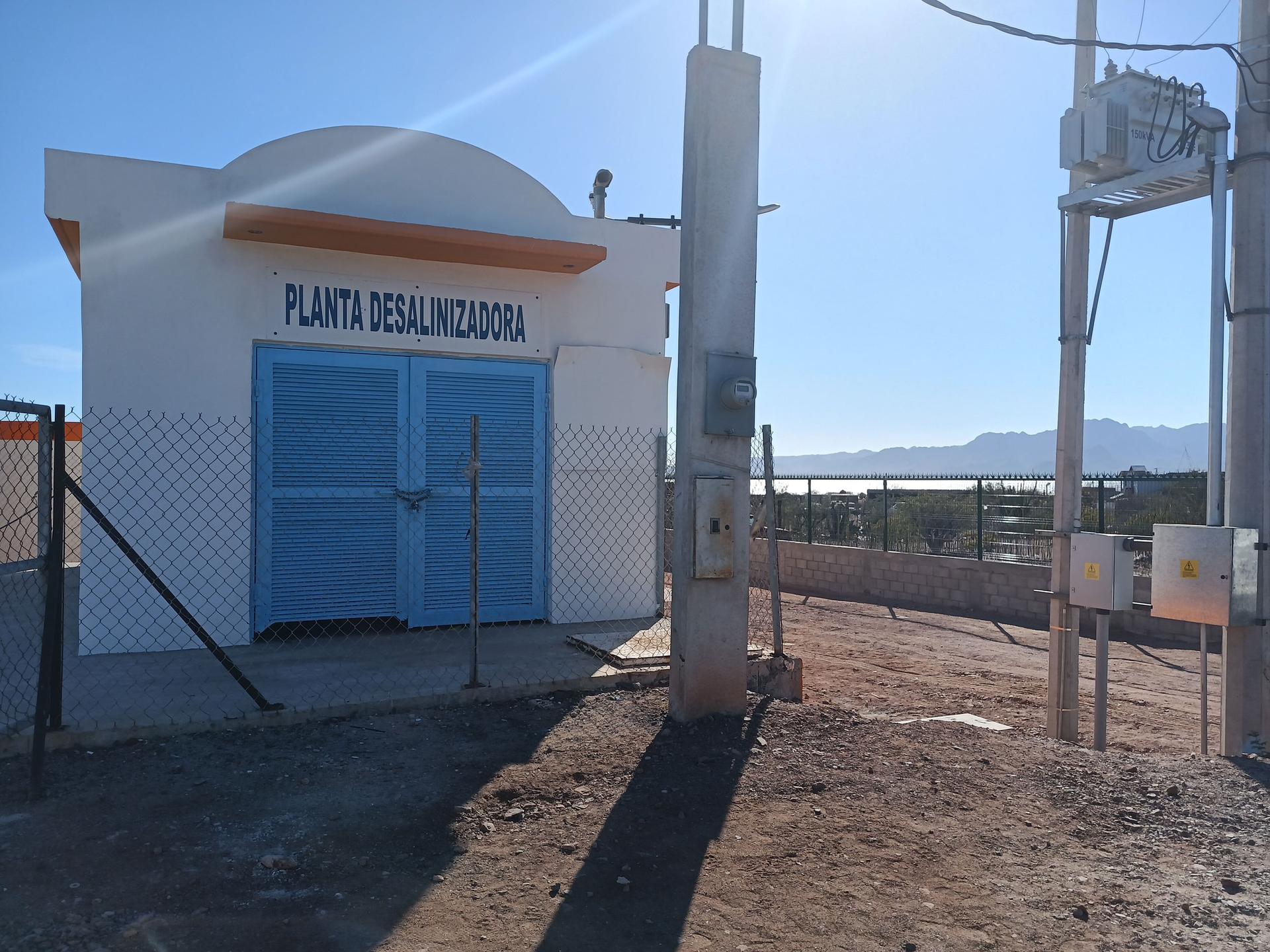
“It’s already improving,” resident Juana Perales said. “We have water. We can fill up our tanks and we can grab water to bathe.”
Most families now have large plastic water containers outside their homes that they can fill up when the water’s running, which only happens for about half of the day — despite the two plants.
But not everyone is excited by these developments.
Some community members protested López Obrador’s visit to the area earlier this month, carrying signs that read: “Don’t pollute the ocean,” and “water from wells, not the sea.”
Some are worried that the new plant will contaminate the ocean and harm the sea life, which they depend on for food, income and tourism.
Their concerns are valid. For every liter of fresh water produced by a desalination plant, a liter of brine is made, which is usually dumped back into the ocean.
A 2019 UN study warned of the “profound impacts” of high concentrations of brine in seawater near desalination plants, which can cut oxygen levels and impact marine life.
México has roughly 400 desalination plants, but lacks regulations on how to dispose of the brine.
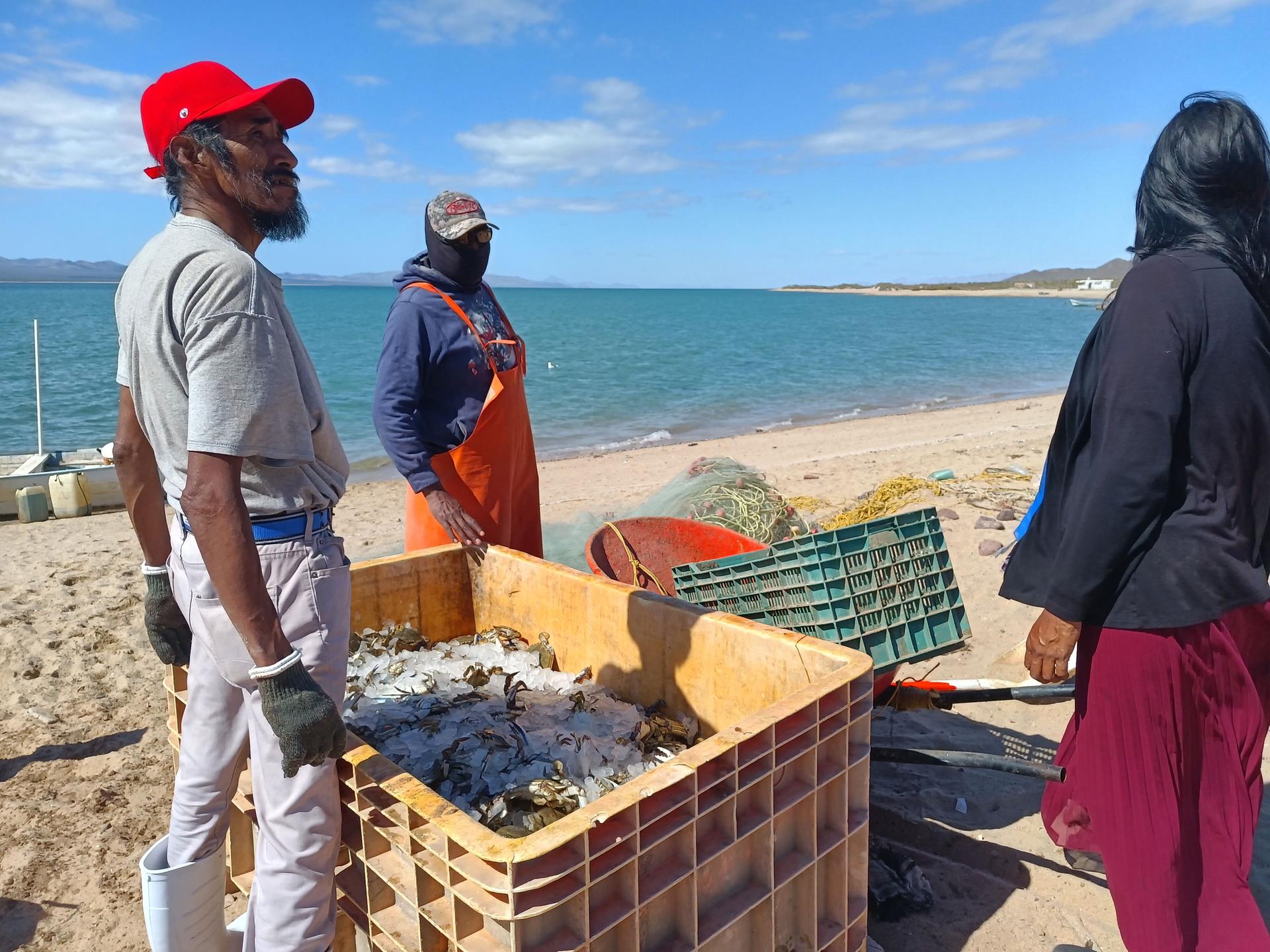
“In developing countries, such as Mexico and others, where there is a lack of regulation, brine disposal can result in significant water quality impacts, as brine contains high salts which can harm sea life.”
“In developing countries, such as Mexico and others, where there is a lack of regulation, brine disposal can result in significant water quality impacts, as brine contains high salts which can harm sea life,” said Gurpal Toor, an environmental science professor at the University of Maryland.
“Some desalination plants in the world also use some chemicals for pretreatment which can also contain heavy metals.”
Aaron Barnett, a 27-year-old fisherman in Punta Chueco, said he’s seen declining numbers of catch in recent years, but he doesn’t think the main problem is desalination.
“Yes, I am worried. I’m worried for the fish and the species. But there are other factors that have made our fishing decrease in recent years. Like, overfishing from people who are not from the tribe.”
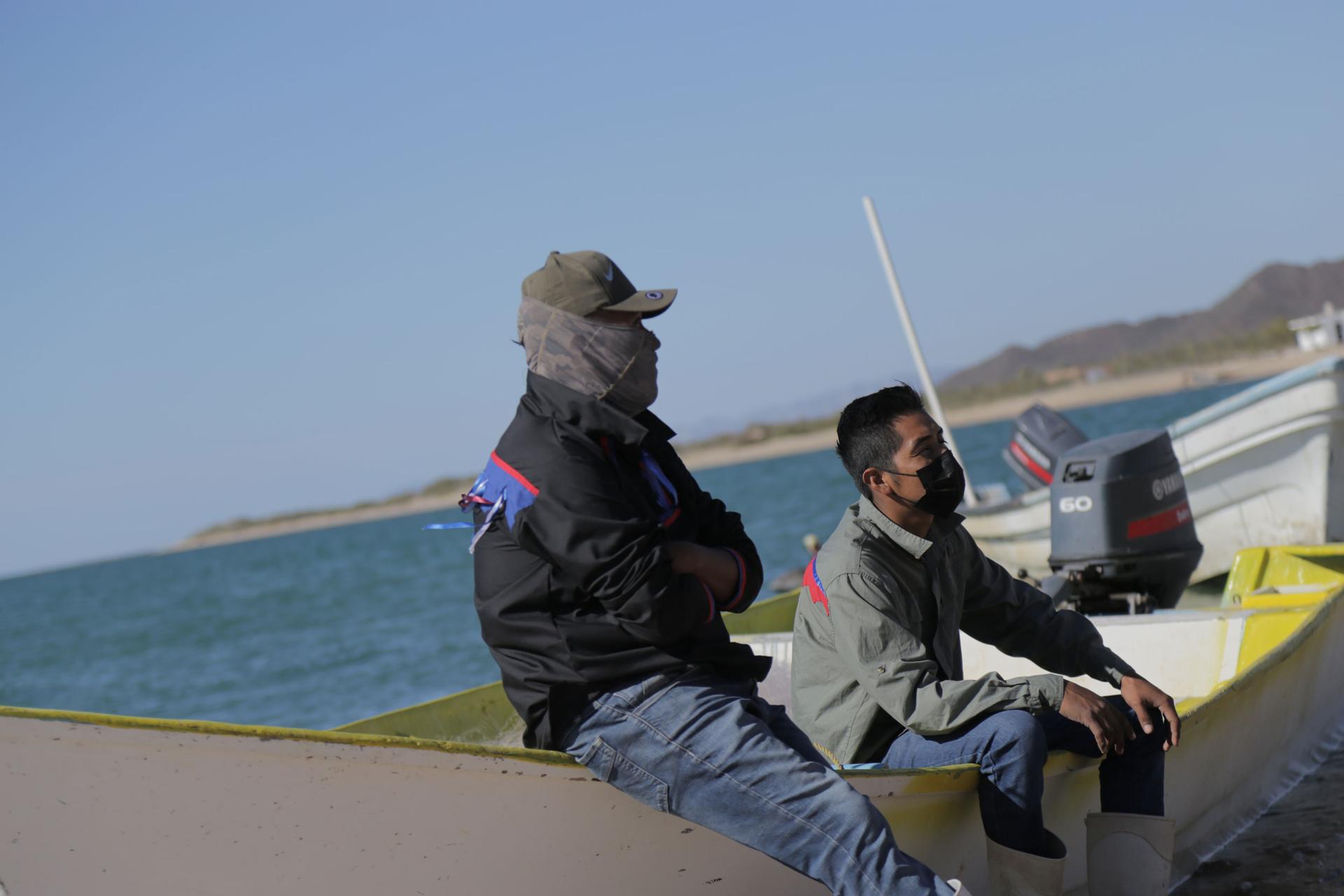
“Yes, I am worried,” he said. “I’m worried for the fish and the species. But there are other factors that have made our fishing decrease in recent years. Like, overfishing from people who are not from the tribe,” he said.
Sonora state is the country’s top producer of fish. But catches are down anywhere from 10% to 40% across the state, according to the environmental watchdog group Oceana.
Meanwhile, more than 10 million people in México lack access to fresh water.
Scientists say this is a growing problem for México, which is already one of the most water-stressed countries in Latin America. And global warming is expected to cause ever greater periods of drought and water shortages.
“The desalination plant is what we have for now, and it’s worth millions of pesos,” said community leader Mellado Moreno.
“Despite the difficulty of life in the desert, we should be fortunate. That’s life in the desert.”
